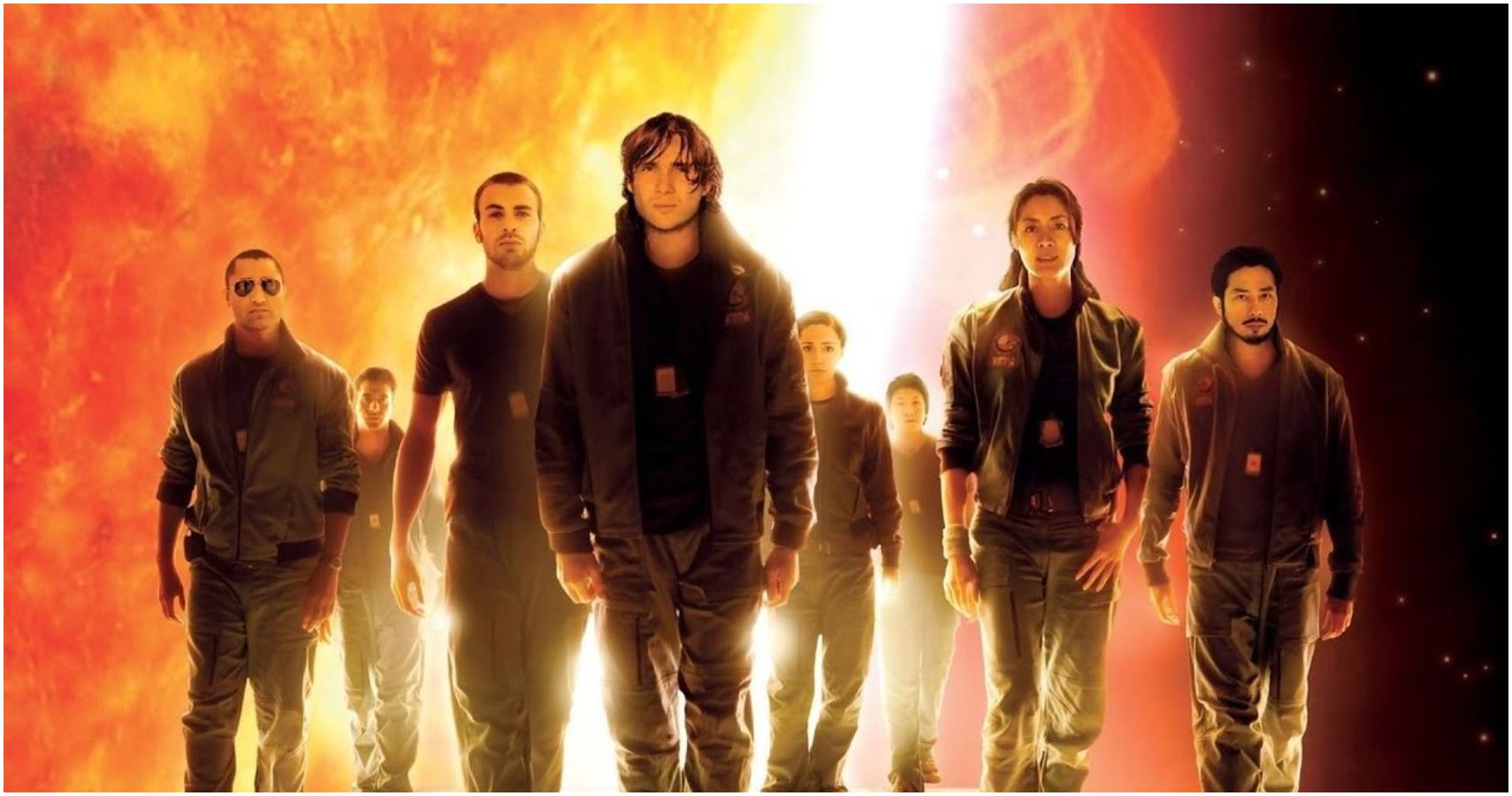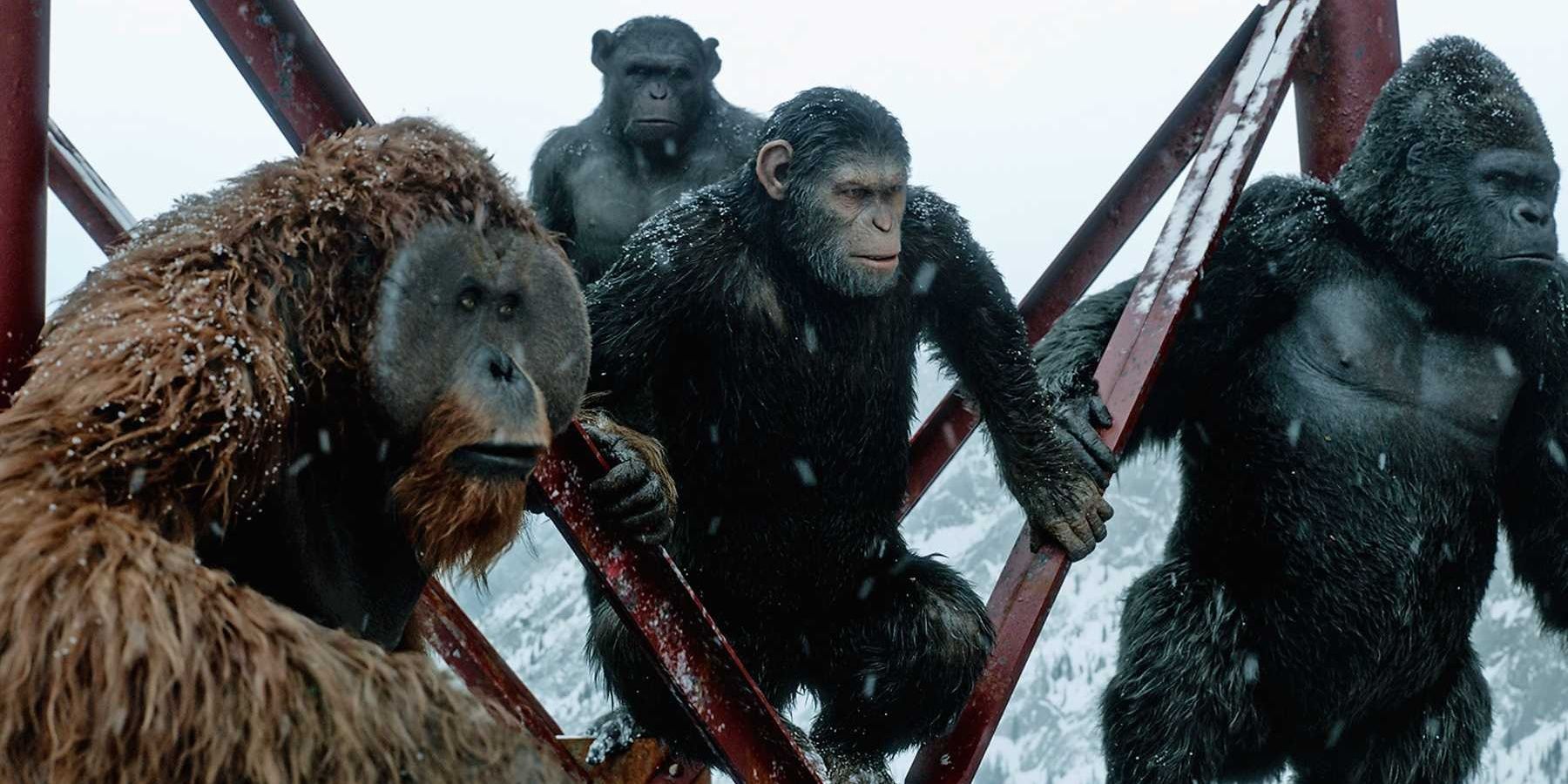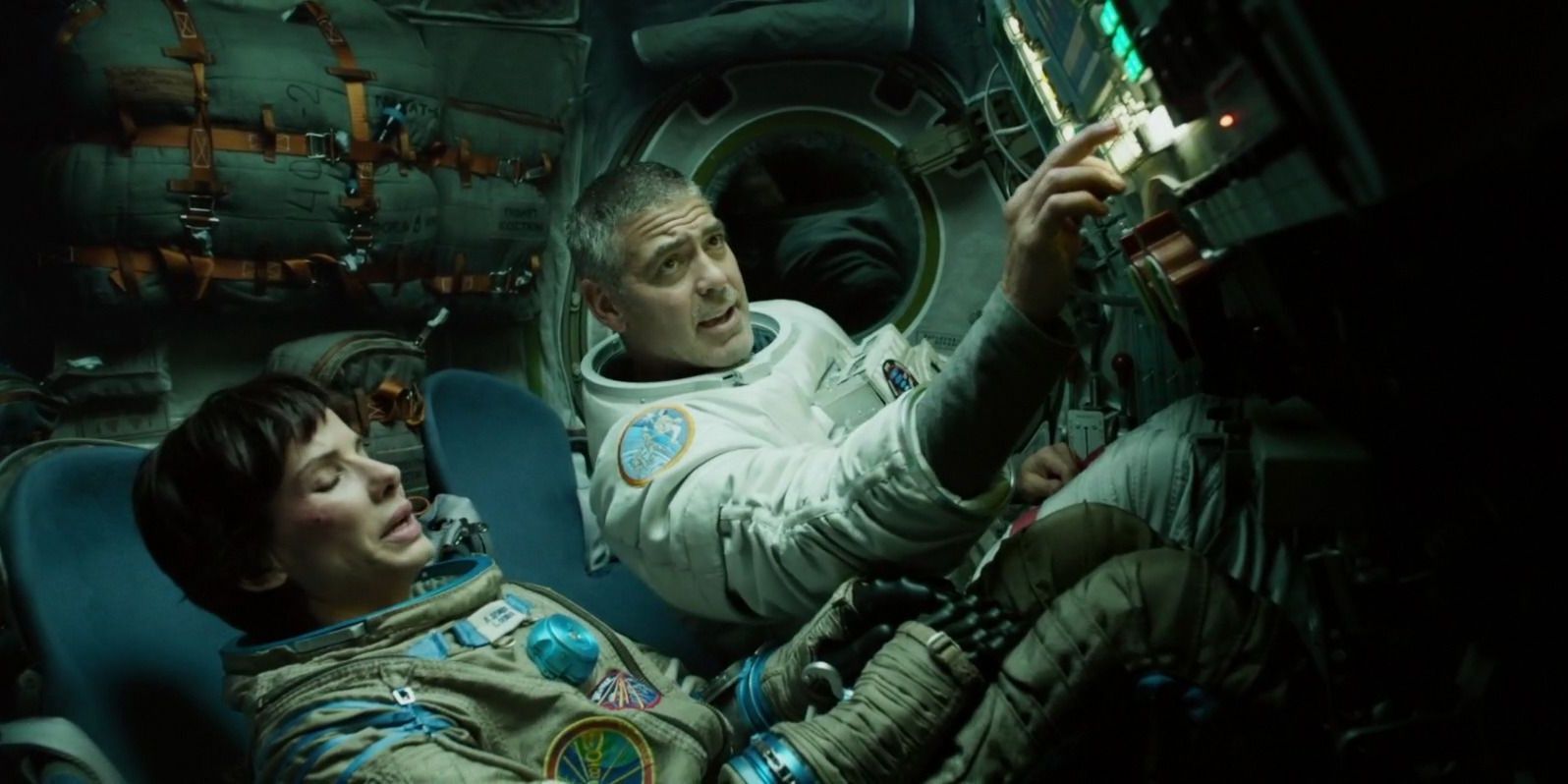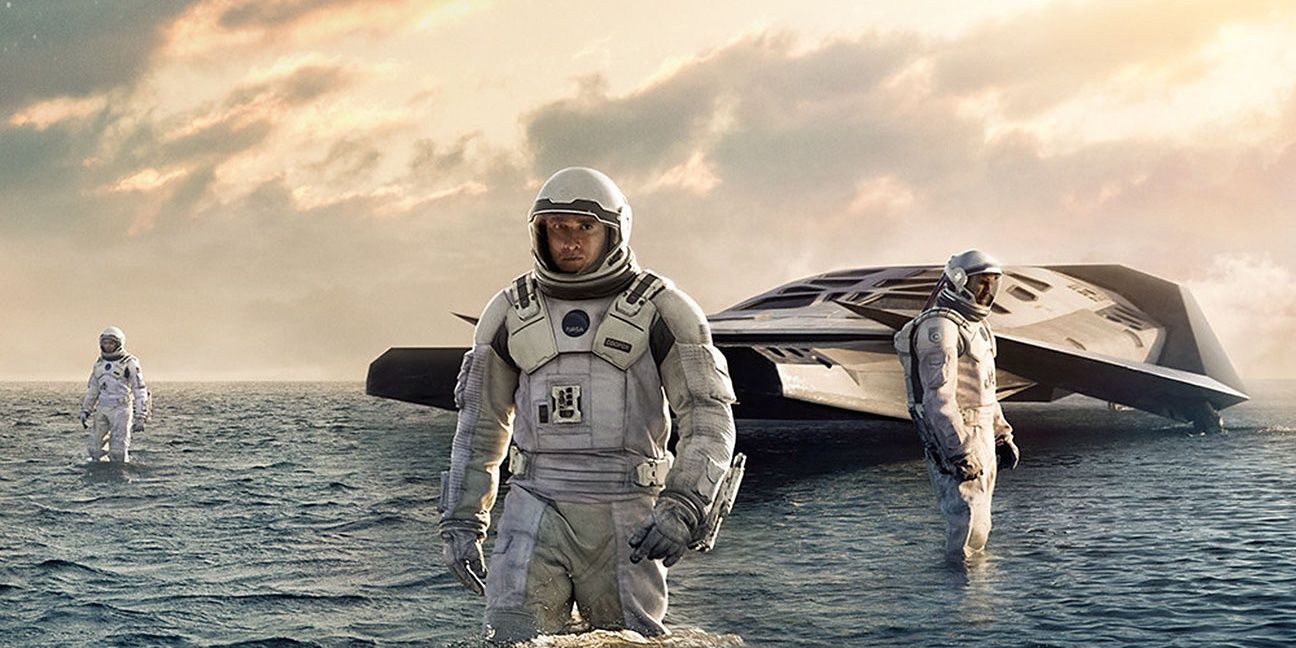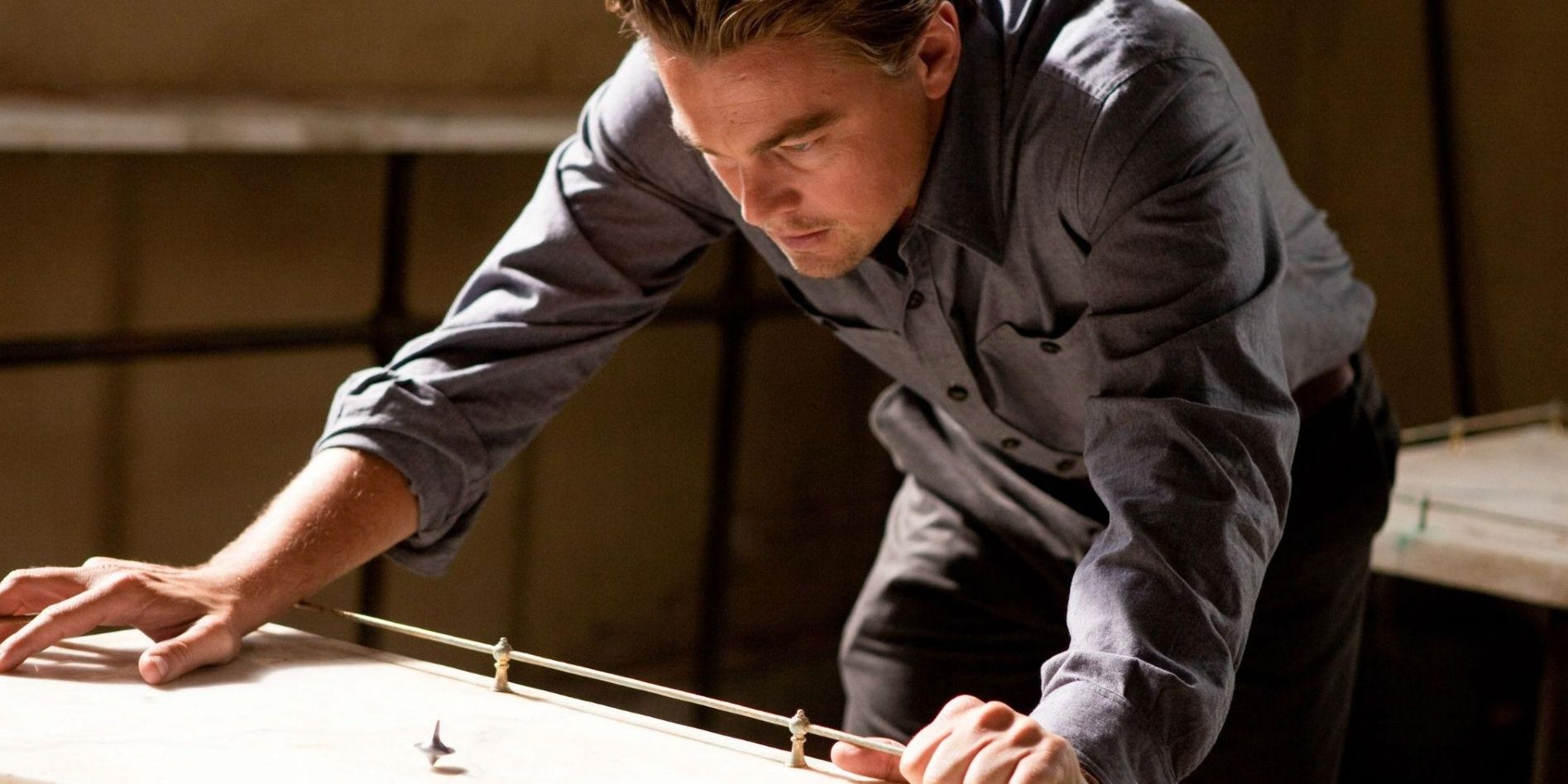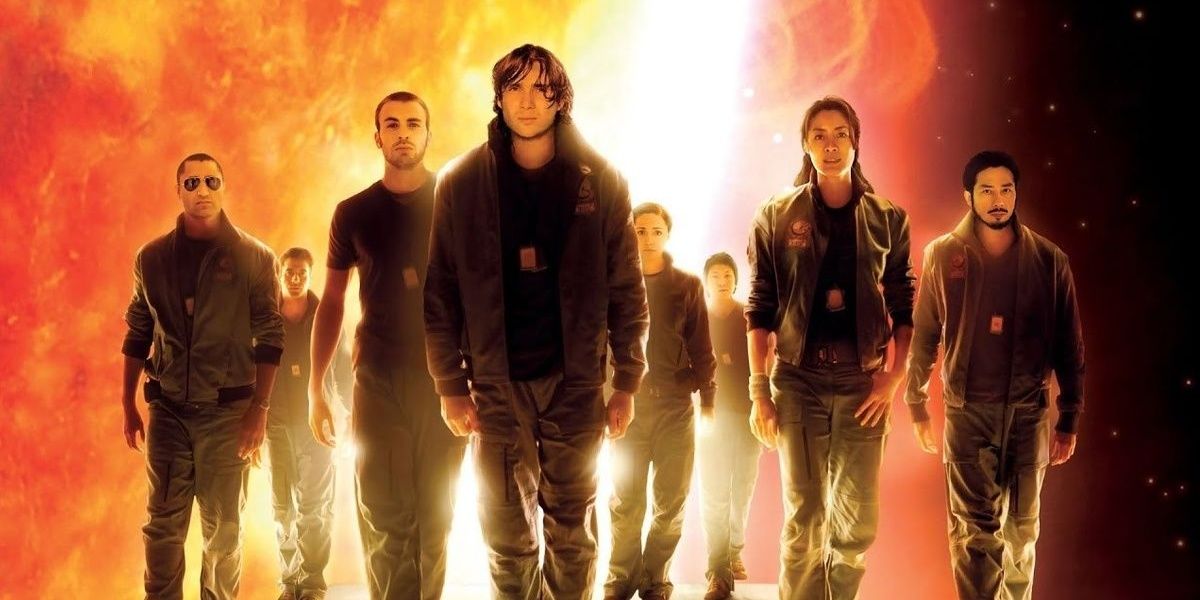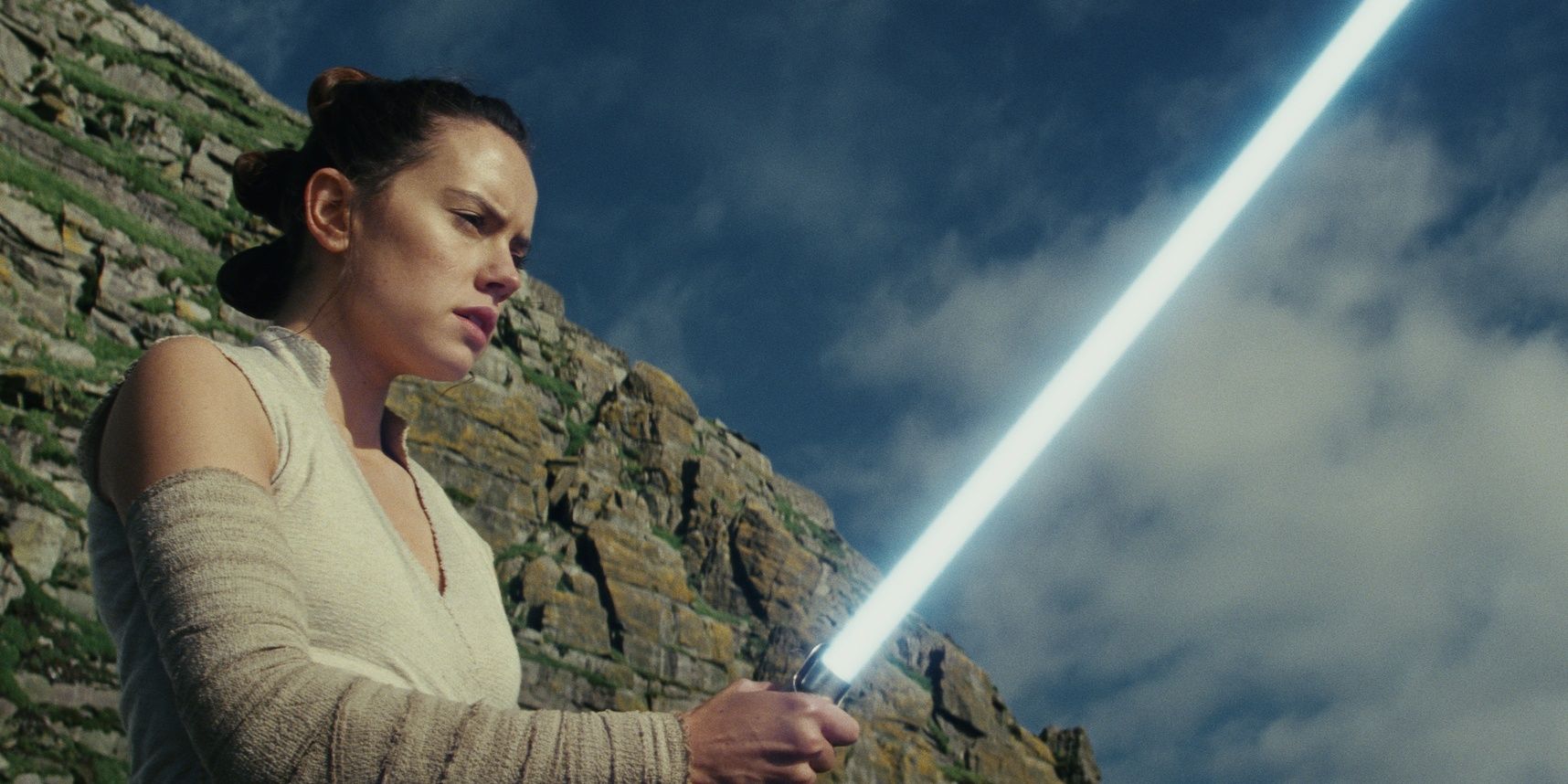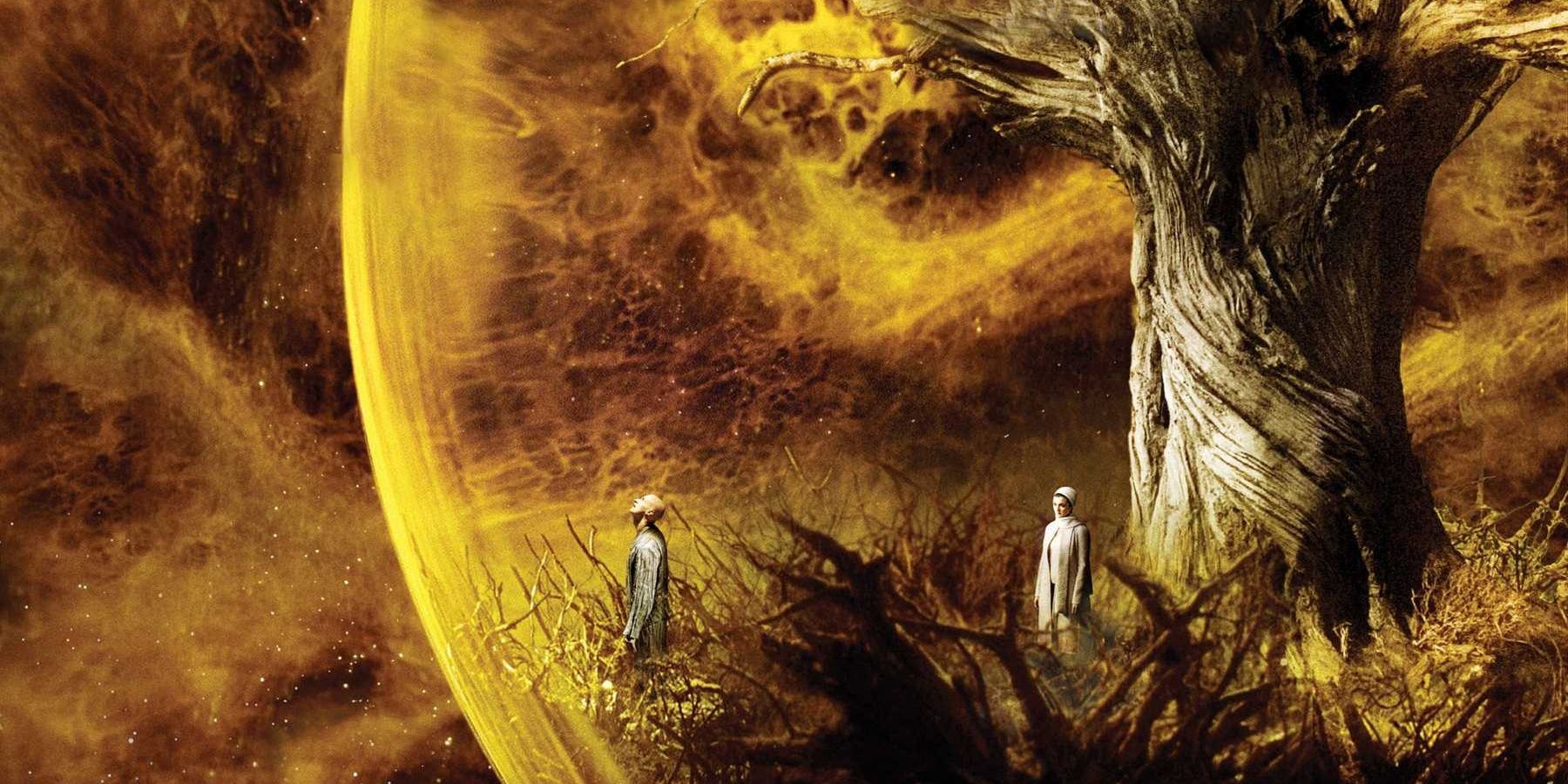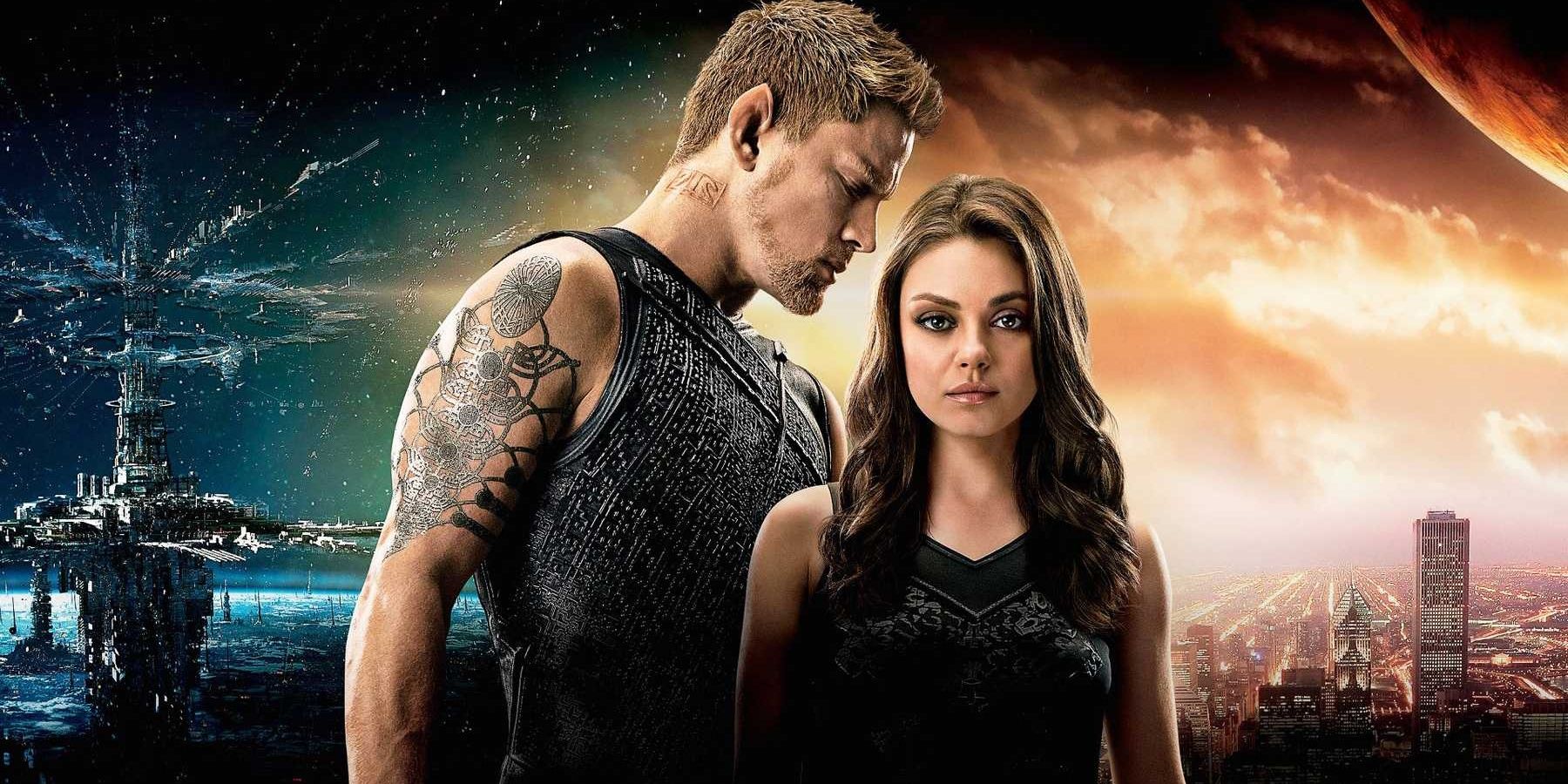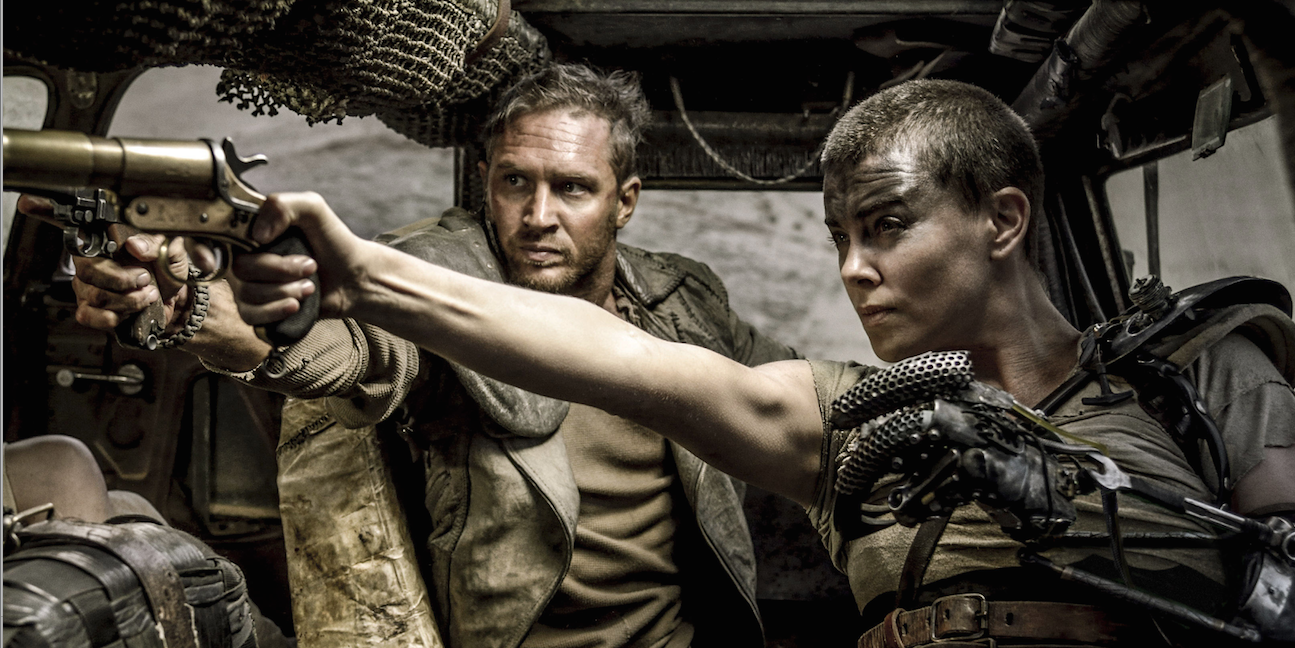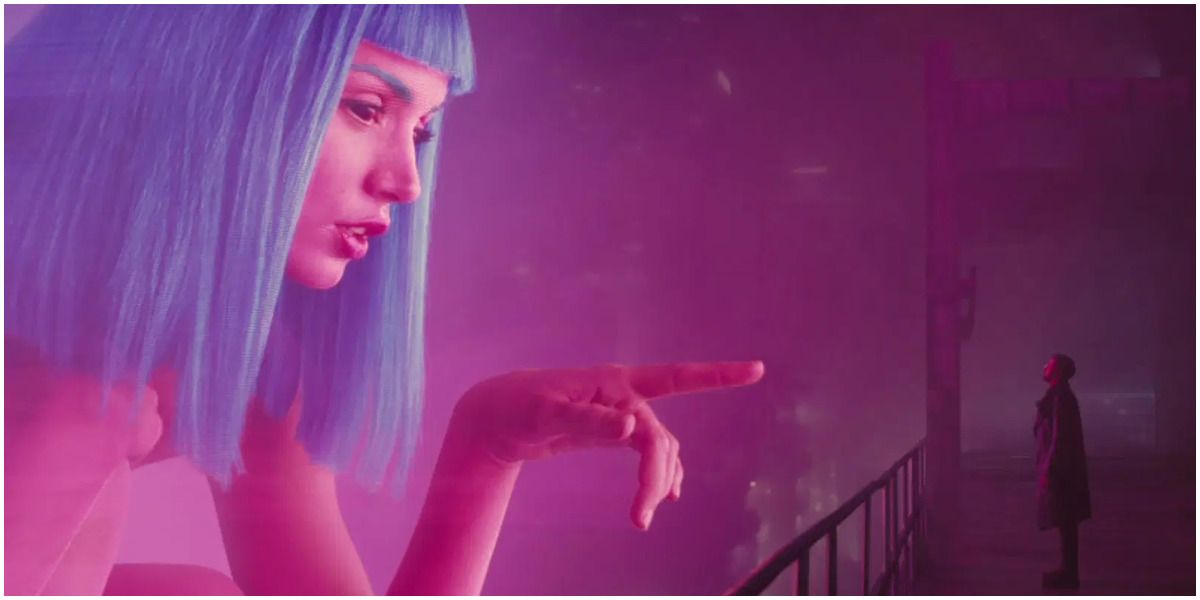The first two decades of the 21st century have seen a plethora of science fiction movies that make use of the latest technology to deliver ever more impressive spectacles. It's almost impossible to tell where reality ends and the green screen begins in many cases. A visually stunning movie doesn't necessarily have the best special effects, however.
A film needs a unique viewpoint to be visually stunning, as well as a plot and characterization that burns certain scenes into the audience's minds long after the movie is over. The ten movies below were released between 2000 and 2019 and managed to get all of the moving parts right, making them standouts in a competitive field.
War For The Planet Of The Apes (2017)
Like its predecessors, the third entry in the Planet of the Apes trilogy is noted for its impressive visual effects and CGI animations. The intelligent apes were rendered in so much detail that the audience could see every fold, wrinkle, and individual strands of fur. Not only that, but their faces are imbued with an emotional depth that raises the question of whether CGI performance capture should be recognized as an acting skill. Against the backdrop of exploitation and abuse that Caesar's tribe endured, it isn't hard to root for the apes in their war with humans.
Gravity (2013)
A one-man (or one-woman) show may not sound interesting, but Gravity pulls it off with Sandra Bullock fighting to find a way back to earth after her space shuttle malfunctions. The sci-fi thriller uses the absence of other characters (save for a hallucinatory George Clooney) to convey the loneliness and desperation of Bullock's Dr. Ryan Stone as she comes to terms with her painful past while planning her escape. The views of Earth in the background are stunning enough to induce the overview effect in any audience member.
Interstellar (2014)
The first act of Interstellar is conspicuously mundane: endless fields and dusty farmhouses tell the tale of a dying Earth. However, once the film leaves its terrestrial beginnings it immediately awes the audience with its depictions of vast otherworldly phenomena. In a film where the protagonist's main struggle is against natural forces on dangerous frontiers rarely envisioned by anyone except expert astronomers, it was essential to make ideas like a world of frozen clouds and planet-sweeping tsunamis seem both real and menacing. Interstellar knocks it out of the park, using CGI to broaden our imagination of what future generations of explorers may witness with their own eyes.
Inception (2010)
Sci-fi in the 2010s had a promising start with Inception, which used spatial geometry and symbols to illustrate dreamscapes and clearly delineate layers of dreams - except when it doesn't. For all the importance of totems in figuring out whether someone is awake or dreaming, it's not clear whether the top at the end of the movie keeps spinning or falls.
The movie was also impressive on a technical scale. Enough time has passed that we now take special effects like folding Paris for granted, but at the time it was groundbreaking.
Sunshine (2007)
Pretty much everyone who's seen this movie agrees it's great up until the final ten minutes. That's when the thoughtful, sci-fi horror flick about a mission to reignite the sun unexpectedly became a slasher in space and sealed its place among the movies time would soon forget.
Though Sunshine fell just short of being great, it's given us some iconic imagery like Capa (Cillian Murphy) standing before the sun, Kaneda's (Hiroyuki Sanada) immolation, and Corazon (Michelle Yeoh) tending to her oxygen garden. Perhaps the most surprising appearance is Chris Evans as Mace, who is introduced in the Earth room assuaging his homesickness with holographic rain.
Star Wars: Episode VIII - The Last Jedi (2017)
Who could forget the desperate showdown between the Resistance forces and the First Order gouging blood-red clouds across the salt flats? While narratively divisive, The Last Jedi is definitely the most visually impressive of the sequel trilogy, making use of shadow and light to create a cinematic experience and elucidate some of the larger themes of the movie.
The Fountain (2006)
The "real-world" plot of The Fountain takes place in the drab hospital where Dr. Thomas Creo (Hugh Jackman) is trying to devise a cure for his wife Izzy's (Rachel Weisz) terminal cancer. Things become much more visually appealing when most of the film bounces around an interconnected web of stories set in Renaissance Spain, the Mayan jungles, and a transcendental tree realm in outer space.
Director Darren Aronofsky deliberately avoided CGI out of a fear that the effects wouldn't stand the test of time. Instead, he hired a photographer to capture real-life visuals from the microscopic world, using actual footage of chemical reactions and microorganisms to create images that feel tangible and alive despite being utterly alien to us. We can only assume that actual footage was not used for the human sacrifice scene.
Jupiter Ascending (2015)
Not many people count the Wachowski sisters' stab at a space opera epic among modern sci-fi classics, and that's because it's really, really bad. The plot is incomprehensible and the acting is downright bizarre, but it looks amazing. The Matrix creators spared no effort building their ornate neo-feudal society across a string of decadently gorgeous planets, then spectacularly tearing them apart. The film is worth a watch for the visuals alone, and you may even find yourself among the cult fan base who insist the movie's flaws are outweighed by its unique flavor and lofty ambitions.
Mad Max: Fury Road (2015)
The most stunning thing about Mad Max: Fury Road is that a shocking amount of the visuals were actually real. CGI was used in the early oasis scenes and then subtly throughout the film to add touches of variety to the desolate wasteland background that director George Miller literally smashes a truck through. If the film needed to show a man with a flaming guitar ride atop a rampaging fleet of battlewagons, Miller decided there was no need for fancy effects when you can simply put a man with a flaming guitar atop a rampaging fleet of battlewagons. The cast and crew spent months tearing across the Namibian desert to capture thousands of challenging high-speed stunts. The result is an almost-absurd concoction of velocity and violence that draws you in through its singular purpose and sheer audacity.
Blade Runner 2049 (2017)
The original Blade Runner treated its audience to a dystopian vision of Los Angeles in 2019, featuring neon lights, flying cars, sexualized holograms of women, and the city's infamous smog choking the streets. Blade Runner 2049 builds upon its predecessor's visual legacy with desolate landscapes washed in hues of orange and blue while preserving the original's steampunk Orientalist aesthetic. The result is a visual feast that is more art-house than noir. Let's just say Roger Deakins deserved that cinematography Oscar.

